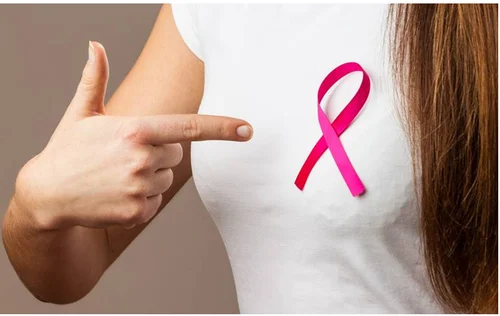
Plaque psoriasis, also known as psoriasis vulgaris, is the most common form of the disease. According to statistics, 80% of people with psoriasis are diagnosed with plaque psoriasis. The ultimate cause of this disease remains unknown; however, some risk factors may make a person more susceptible. In addition, there are different types of plaque psoriasis. The autoimmune disease cannot be cured, but it can be controlled with certain treatment options.

Signs and Symptoms
The most common symptom of this type of psoriasis is the appearance of dry, thick, raised patches on the skin, which are often covered with a silvery-white coating. This coating is called dandruff and often causes severe itching. In addition to these common symptoms, the appearance of plaque psoriasis varies depending on its type, size, and intensity.
Types of Plaque Psoriasis
Small Plaque PsoriasisIn this type of plaque psoriasis, the lesions are very small, only a few centimeters in size. These lesions have the potential to separate or even merge together and become larger. The upper scaly and crusty parts are pink and fine-grained. The crust is thinner compared to the larger lesions. People who have no history of small plaque psoriasis may develop this condition. It can occur at any age, but is more common after the age of 40. This species also responds well to phototherapy, so it can be treated accordingly.
Large Plaque PsoriasisThe lesions in this area are larger and have clearer edges than those in small plaque psoriasis. The upper layer is red instead of pink, and the coating or scales are silvery white. Although this condition can occur at any age, it is most likely to occur in people under the age of 40. This type of psoriasis may be caused by a family genetic tendency and will be passed down from generation to generation. There are some studies that show a link between this condition and metabolic syndrome. Therefore, people who also have high cholesterol, high blood sugar or high blood pressure may be at a higher risk of developing this disease. Unlike small area psoriasis, this type of psoriasis is more difficult to treat.
Unstable Plaque PsoriasisOver time, the lesions lose their shape and edges. They also enlarge and in many cases combine to form larger plaques. New plaques can also appear with this disease. Doctors usually try to understand how psoriasis develops and spreads and develop a treatment plan accordingly.
Stable Plaque PsoriasisThis is also called chronic plaque psoriasis and is the most common type of plaque psoriasis that people experience. When the first flare-up or trigger occurs, the lesions usually persist and reappear on the skin. Some common places these lesions occur include the knees, trunk, elbows, scalp, and head. There may be other areas that vary from person to person. It is also important to note that the plaques appear on both sides of the body. So if you have plaques on one elbow, you will also have plaques on the other elbow.
Plaque Psoriasis on the ScalpHere are some of the signs that describe plaque psoriasis on the scalp.
- Red patches begin to appear on the scalp that are thick and often itchy. They also become inflamed.
- There may be flaky scaling, but scales that are silvery white in nature are a clear sign of psoriasis.
- The scalp becomes extremely dry and sometimes even cracked and bleeding.
- Temporary hair loss.
- Mild to severe itching of the scalp.
- A burning or sore sensation on the scalp.
Psoriasis on the face may present as red patches that make the skin appear dry, discolored, and scaly. It may occur on the forehead, around the eyes, on the cheeks, or on the chin. Psoriasis can also affect the skin around the mouth, nose, and even the eyebrows. Therefore, any changes in skin texture or redness should be reported to a dermatologist immediately to help with treatment.
Treatment Tips
There is no cure for psoriasis; however, treatments are designed to reduce flare-ups and keep triggers low so that symptoms do not worsen further. Here are some of the treatment options that are commonly recommended:
Topical TreatmentsCreams are used to reduce inflammation or slow the growth of skin cells. These creams can be applied right after a shower, when the skin’s ability to absorb the cream is higher and it remains moist.
PhototherapyIf the rash is larger, your doctor may recommend ultraviolet light therapy. This can also be done through sunbathing. However, sun exposure is not recommended as a treatment because it also increases the risk of skin cancer. Phototherapy should be performed in a closed environment under medical supervision.
Disclaimer:The content of articles discussing symptoms, treatments, health conditions, and side effects is for informational purposes only. Readers should not consider the information provided on the website as professional advice. Readers are advised to exercise their own discretion and not to consider the suggestions or opinions of authors and editors as medical advice. It is important to seek help from a licensed and experienced medical professional when necessary.







